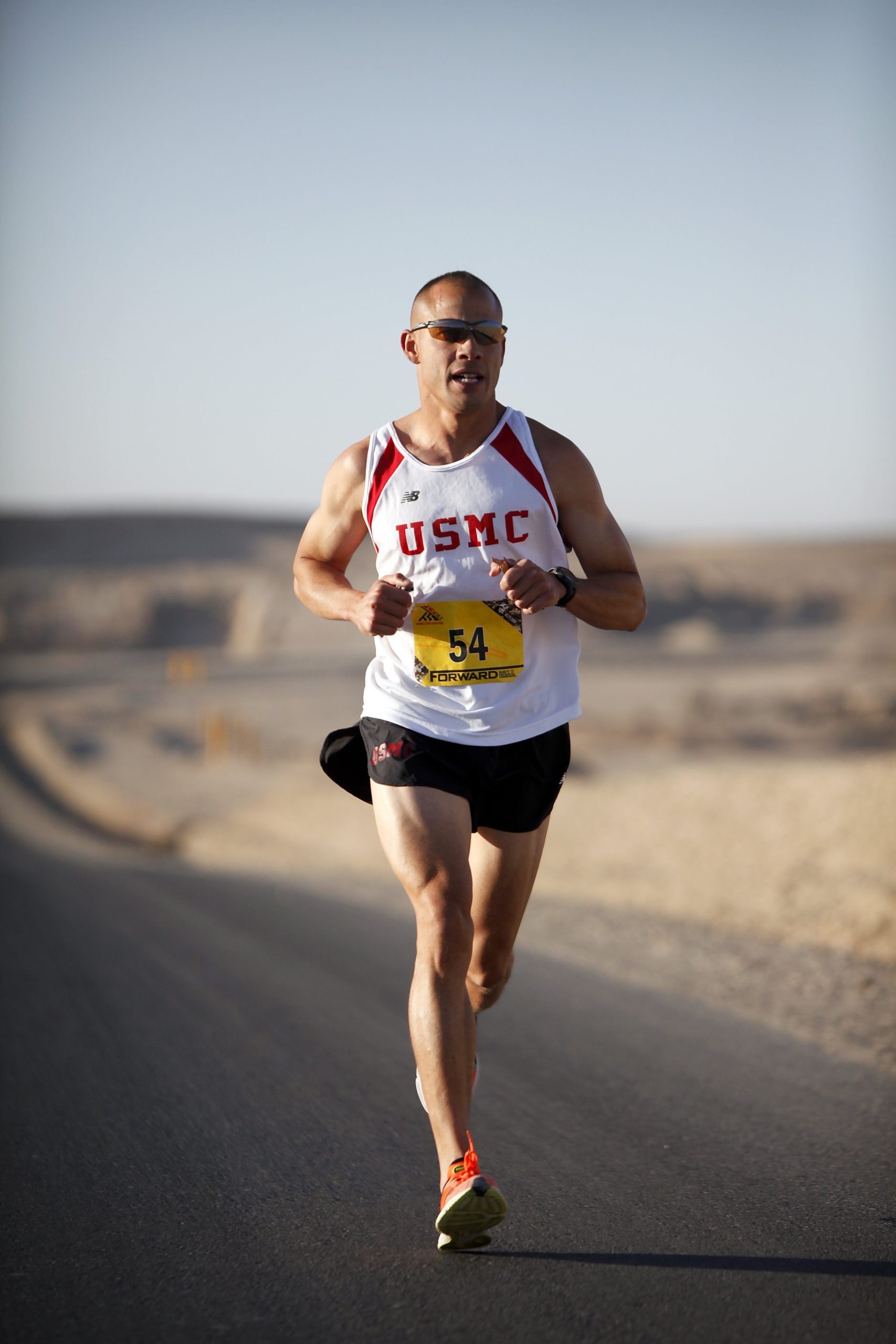Running isn’t just about moving faster; it’s about moving smarter. Whether you’re a novice or a seasoned athlete, understanding the best technique of running can transform your experience, enhancing performance while minimizing injuries. The essence of optimal running lies in the synergy between your body mechanics and the environment, driving you to embrace every stride with efficiency and joy.
Mastering the art of running begins with posture. A slight forward lean from the ankles, not the waist, helps in maintaining balance and reduces the risk of injury. Meanwhile, your arms should swing naturally, close to your sides, aiding momentum without unnecessary energy expenditure. It’s also crucial to focus on your foot strike. Landing softly on the midfoot or forefoot rather than the heel can significantly cushion the impact, propelling you forward with greater ease.
Breathing cannot be overlooked either. Developing a rhythmic breathing pattern—synchronizing inhalations and exhalations with your steps—ensures that your muscles receive a steady supply of oxygen, enhancing stamina. Additionally, incorporating dynamic stretching and a proper warm-up routine prepares your muscles, reducing the chance of strains and sprains.
These techniques are more than just recommendations; they are gateways to a more enjoyable and sustainable running experience. As you embark on this journey, remember that practice makes perfect. Stay consistent, listen to your body, and gradually implement these strategies to revolutionize your run.
Visit our website to learn more and get started today! Click here.
Importance of Proper Running Form

Understanding the significance of proper running form is pivotal for anyone looking to improve their performance and enjoyment in the sport. The best technique of running is not just about speed; it’s about efficiency and safety. Adopting a proper form can dramatically reduce the risk of injuries such as shin splints, knee pain, and plantar fasciitis, which are often caused by poor biomechanics.
The foundation of a proper running form lies in alignment and balance. Your head should be held high, looking forward, not down, to promote good posture. This alignment extends down through the spine, ensuring that your back remains straight but relaxed. This position helps distribute stress evenly across your body and prevents undue strain on any specific area.
Furthermore, maintaining a relaxed yet firm core is key. A strong core stabilizes your body, allowing your legs and arms to move more freely and reducing wasted energy. As you run, your feet should land directly under your body, not in front of it, to minimize braking forces that can slow you down and cause injuries. Short, quick strides are generally more efficient than long, bounding steps.
Moreover, the rhythm of your run is crucial. Establishing a consistent cadence—ideally around 170-180 steps per minute—can enhance your form, making your run smoother and less taxing. By focusing on these aspects, you not only improve your style but also unlock the true potential of your running journey, making every run a step closer to achieving your personal best.
Key Components of Efficient Running

To master the best technique of running, it’s essential to understand the key components that contribute to efficient running. These elements are not just about speed; they encompass a holistic approach to your running routine that ensures longevity and enjoyment.
First and foremost is posture. A good running posture involves keeping your shoulders relaxed and level, with a slight forward lean from the ankles, not the hips. This forward tilt helps in propelling your body forward effortlessly. Your arms should swing naturally at your sides, with elbows bent at about 90 degrees, aiding in balance and momentum.
Another crucial component is breathing. Efficient runners develop a rhythmic breathing pattern that matches their stride, often using a 2:2 pattern—inhaling for two steps and exhaling for two. This technique maximizes oxygen intake and helps maintain a steady pace, particularly during long runs.
Foot strike also plays a significant role in efficient running. While there is no one-size-fits-all approach, many experts advocate for a midfoot strike, where the ball of the foot lands directly under the body. This type of landing can help reduce impact forces and improve stability.
Lastly, consider your cadence, or the number of steps you take per minute. A higher cadence, typically between 170 to 180 steps per minute, is often recommended to enhance efficiency and reduce the likelihood of overstriding, which can lead to injuries.
By focusing on these components, you not only enhance your performance but also make each run a more enjoyable and rewarding experience, paving the way for a sustainable running habit.
Common Mistakes and How to Avoid Them
Even the most seasoned runners can fall prey to common mistakes that hinder performance and increase the risk of injury. By understanding these pitfalls and learning how to avoid them, you can significantly enhance your running experience and maintain the best technique of running.
One of the most frequent mistakes is overstriding. This occurs when your foot lands too far in front of your body, causing a braking effect that can lead to injuries. Instead, focus on taking shorter, quicker steps. Aim for a cadence of about 170-180 steps per minute to minimize impact forces.
Poor posture is another issue many runners face. Slouching or leaning too far forward from the waist can strain your back and reduce efficiency. Maintain an upright posture with a slight lean from the ankles, keeping your core engaged and your gaze forward to facilitate natural forward momentum.
Inadequate hydration and nutrition can also derail your running regimen. Dehydration affects performance and recovery, while poor nutrition can lead to fatigue and muscle cramps. Ensure you’re drinking enough water throughout the day and consuming a balanced diet rich in carbohydrates, proteins, and fats to fuel your runs.
Avoiding improper footwear is critical. Running in worn-out or ill-fitting shoes can lead to discomfort and injury. Invest in quality running shoes that provide the right support and cushioning for your foot type and running style, and replace them every 300-500 miles.
Lastly, don’t neglect the importance of rest and recovery. Overtraining without sufficient rest can lead to burnout and injuries. Incorporate rest days into your schedule and listen to your body, allowing adequate time for muscles to repair and grow stronger.
Incorporating Techniques into Your Routine

Integrating the best technique of running into your routine requires a mindful approach and consistent practice. As you embark on this journey, consider these strategies to seamlessly incorporate effective techniques into your daily runs.
Start by dedicating specific workout sessions to focus on technique. Instead of attempting to overhaul your entire running style at once, choose one or two areas to concentrate on, such as improving your cadence or refining your posture. This targeted focus allows you to make gradual improvements without overwhelming yourself.
Utilize drills and exercises tailored to enhance your running form. Incorporate activities like high knees, butt kicks, and skipping into your warm-up routine to activate key muscle groups and reinforce proper form. These exercises can help in building muscle memory, making it easier to maintain technique throughout your run.
During your runs, incorporate periods of mindful running where you concentrate on specific aspects of technique. For example, spend a few minutes focusing on maintaining a high cadence or ensuring a mid-foot strike. Use these intervals to reinforce the changes you want to implement.
Consider integrating cross-training activities such as yoga or strength training to support your running technique. These activities can improve flexibility, balance, and core strength, all of which contribute to better running form. Stronger muscles and joints will help you maintain technique over longer distances.
Finally, seek feedback from fellow runners or a coach. An external perspective can be invaluable in identifying areas of improvement and ensuring you’re on the right track. Regularly recording your runs and reviewing them can also provide insights into your progress and areas that still need work.
Expert Tips for Continuous Improvement

Achieving mastery in the best technique of running requires not only a solid foundation but also a commitment to continuous improvement. Here are some expert tips to keep you on the path of progress:
- Set Realistic Goals: Establish clear, achievable goals for your running technique. Whether it’s a specific pace, improved endurance, or a more efficient stride, having a target will guide your practice sessions.
- Track Your Progress: Maintain a running journal or use an app to monitor your improvements over time. Data such as pace, heart rate, and distance can provide valuable insights into your progress and help you adjust your training plan.
- Rest and Recovery: Never underestimate the power of rest. Adequate recovery time is essential for your body to adapt and grow stronger. Overtraining can lead to injuries and burnout, hindering your progress.
- Stay Educated: Keep abreast of the latest research and trends in running techniques. Attend workshops, read articles, or join online communities to expand your knowledge and gain new perspectives.
- Adapt and Adjust: Be open to change. As you grow as a runner, your needs and abilities will evolve. Regularly reassess your techniques and goals to ensure they align with your current fitness level and aspirations.
Embrace the philosophy of lifelong learning in your running journey. By continually seeking improvement, you not only enhance your performance but also deepen your enjoyment of the sport. Visit our website to learn more and get started today! Click here.


